This page is an archive of exhibited artists.
(* = Represented by the gallery.)

Sohyong Lee

Tiago Da Cruz

santoni kina
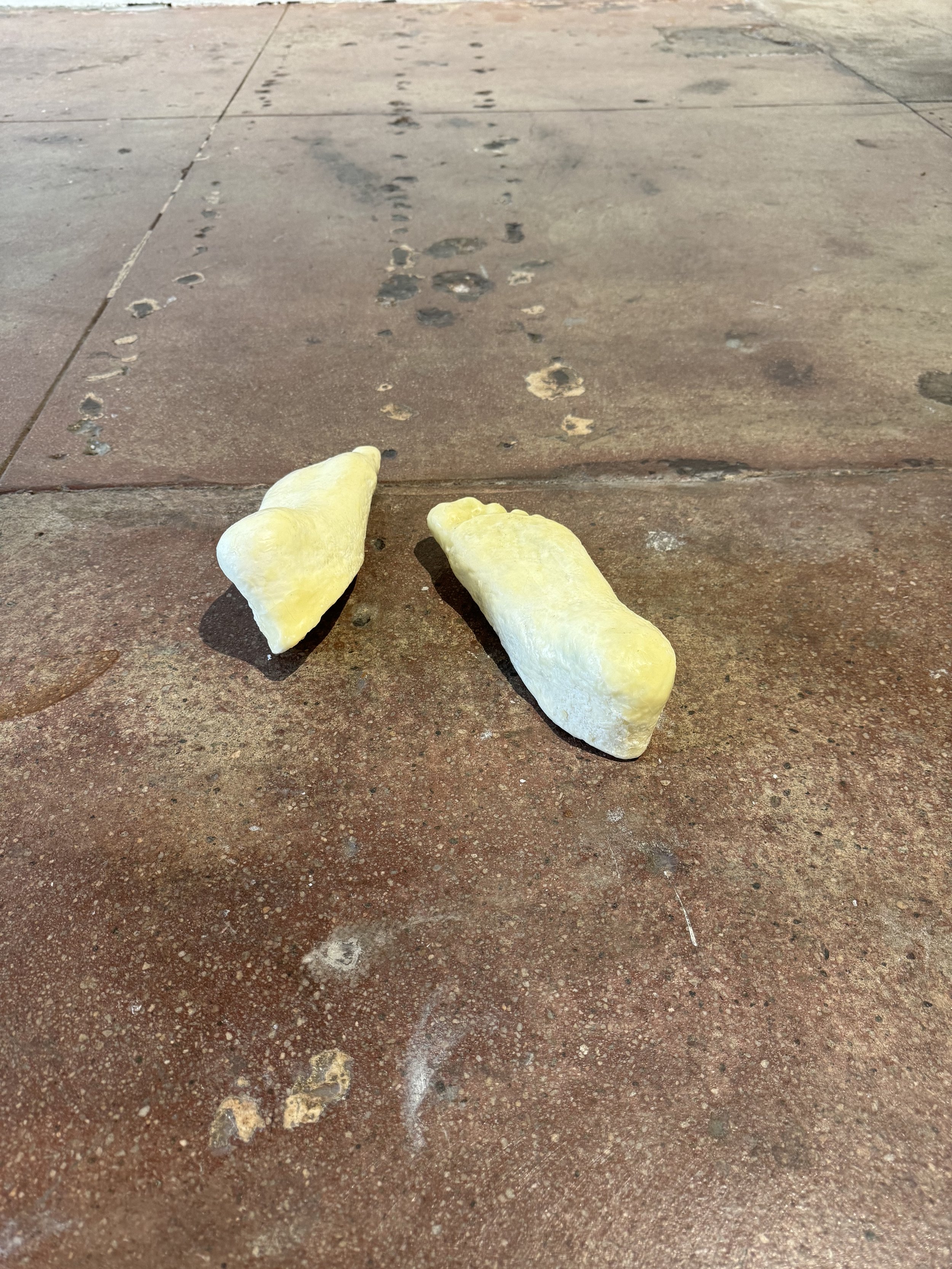
Danica Ribi

Emory Hall

Chinning Liu

Talya Petrillo

Nyke Shen

Lindsey Harald-Wong

Narong Tintamusik

Catherine Menard

Daniel Schubert

October Anderson

Mayolo Figueroa

Maccabee Shelley

Luc Trahand

Jackie Castillo
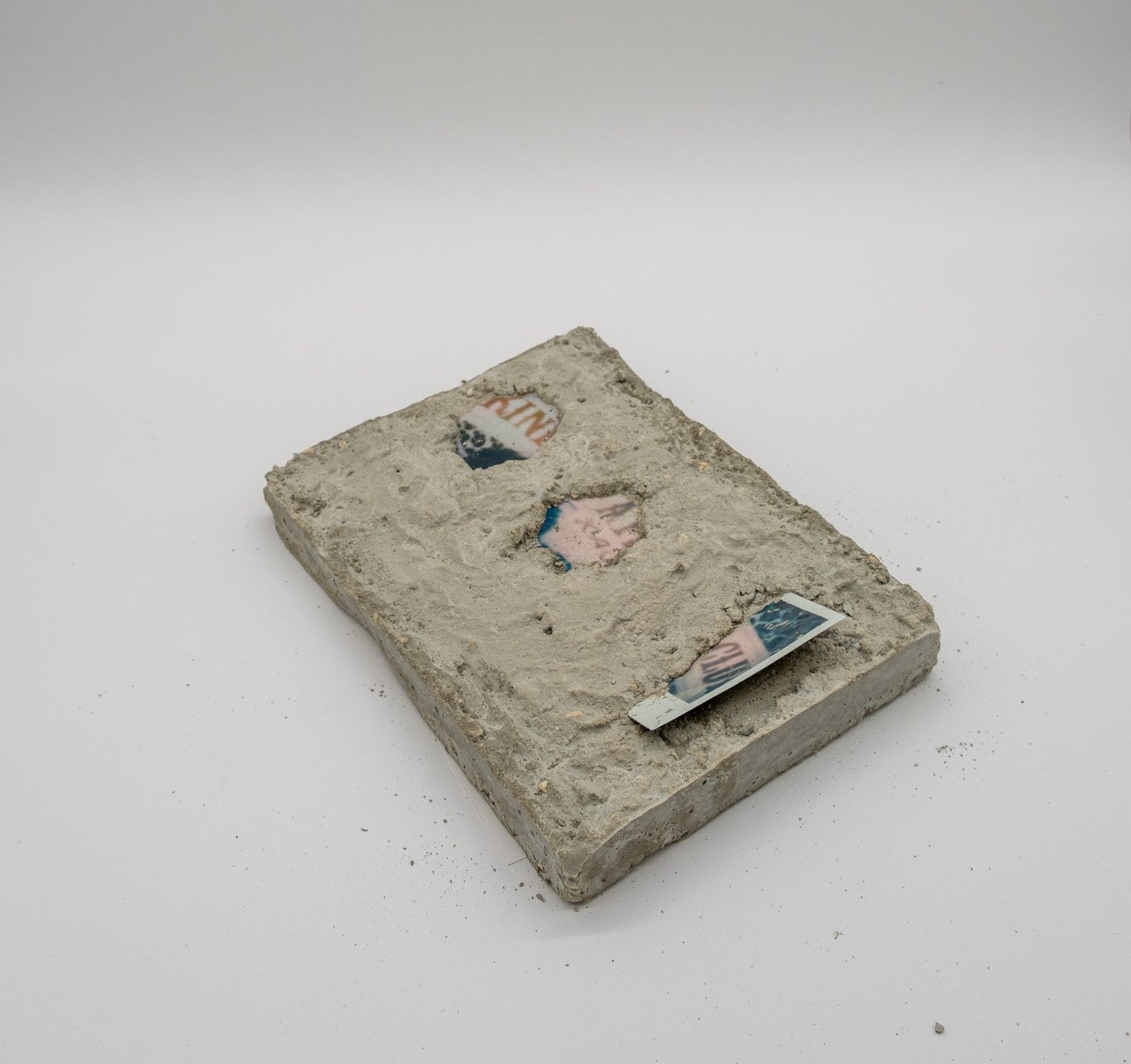
Shabez Jamal

Sarah Plummer

Cesar Herrejon

Magaly Cantú
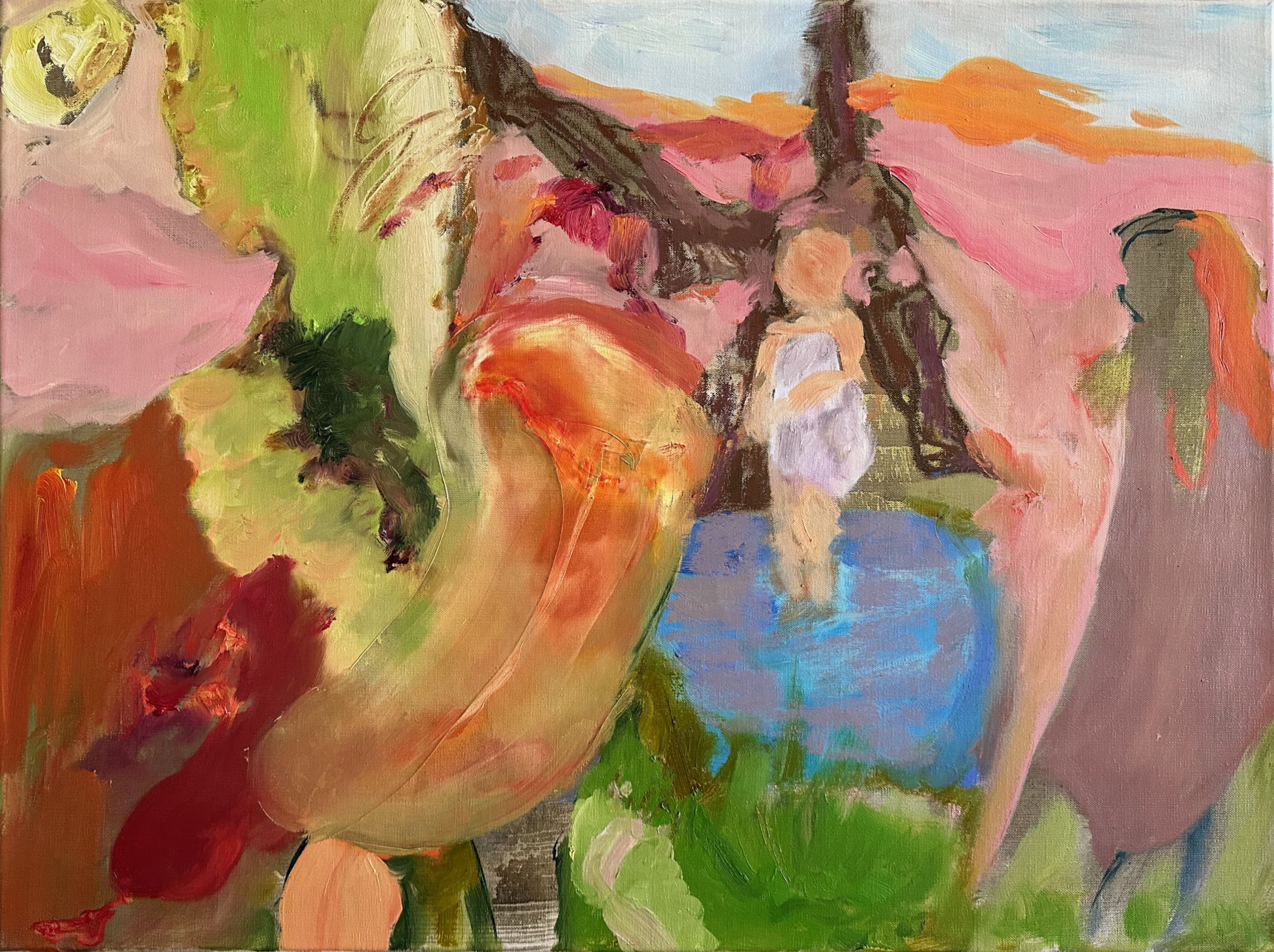
Claudia Rega
Xiao He

Frantz Jean-baptiste

Grant Falardeau

Ibuki Kuramochi

Marley White

Allison Arkush
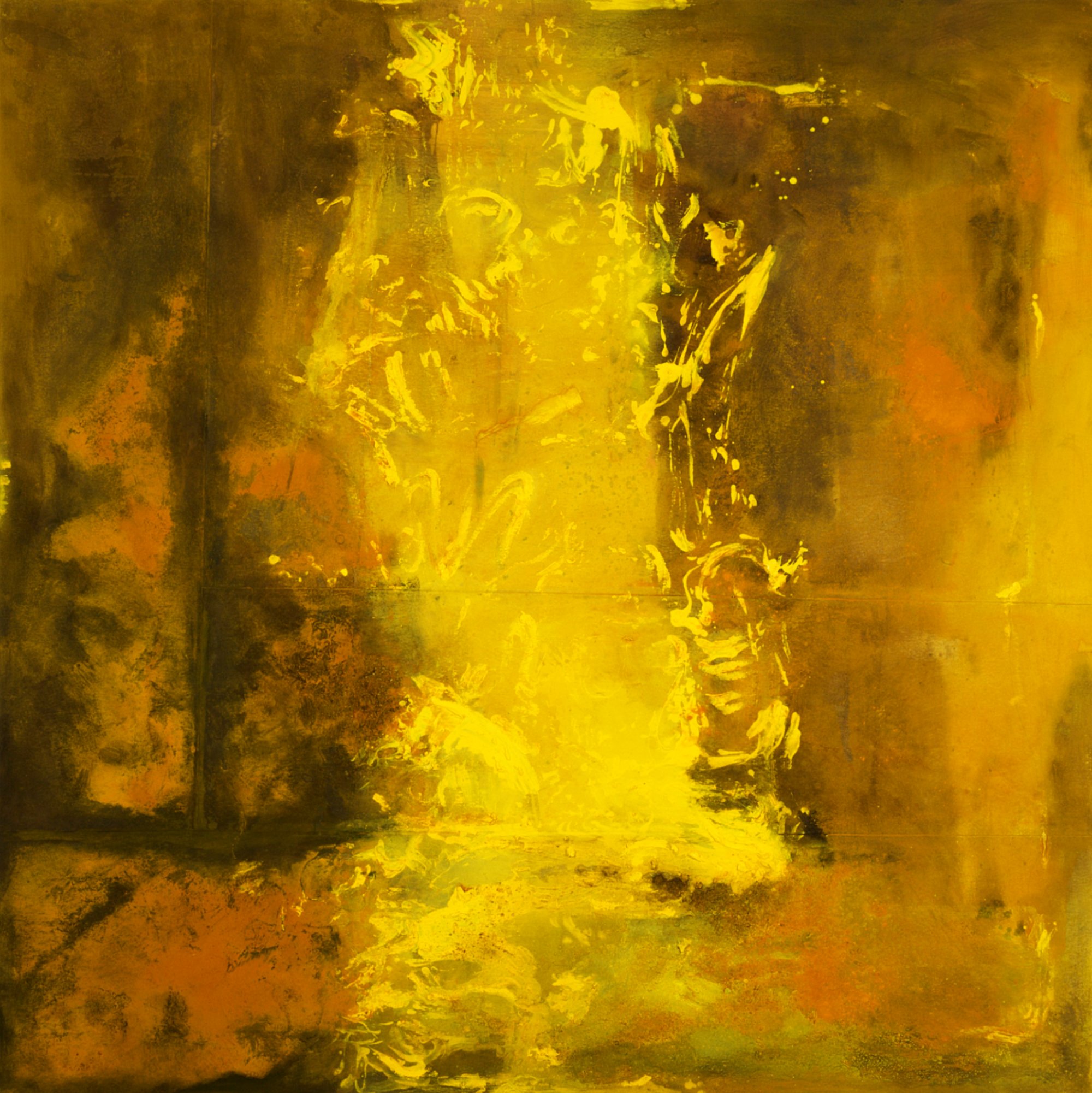
Suwichada Busamrong-Press

Ari Salka

Erica Everage

Kento Saisho

*Rudik Ovsepyan
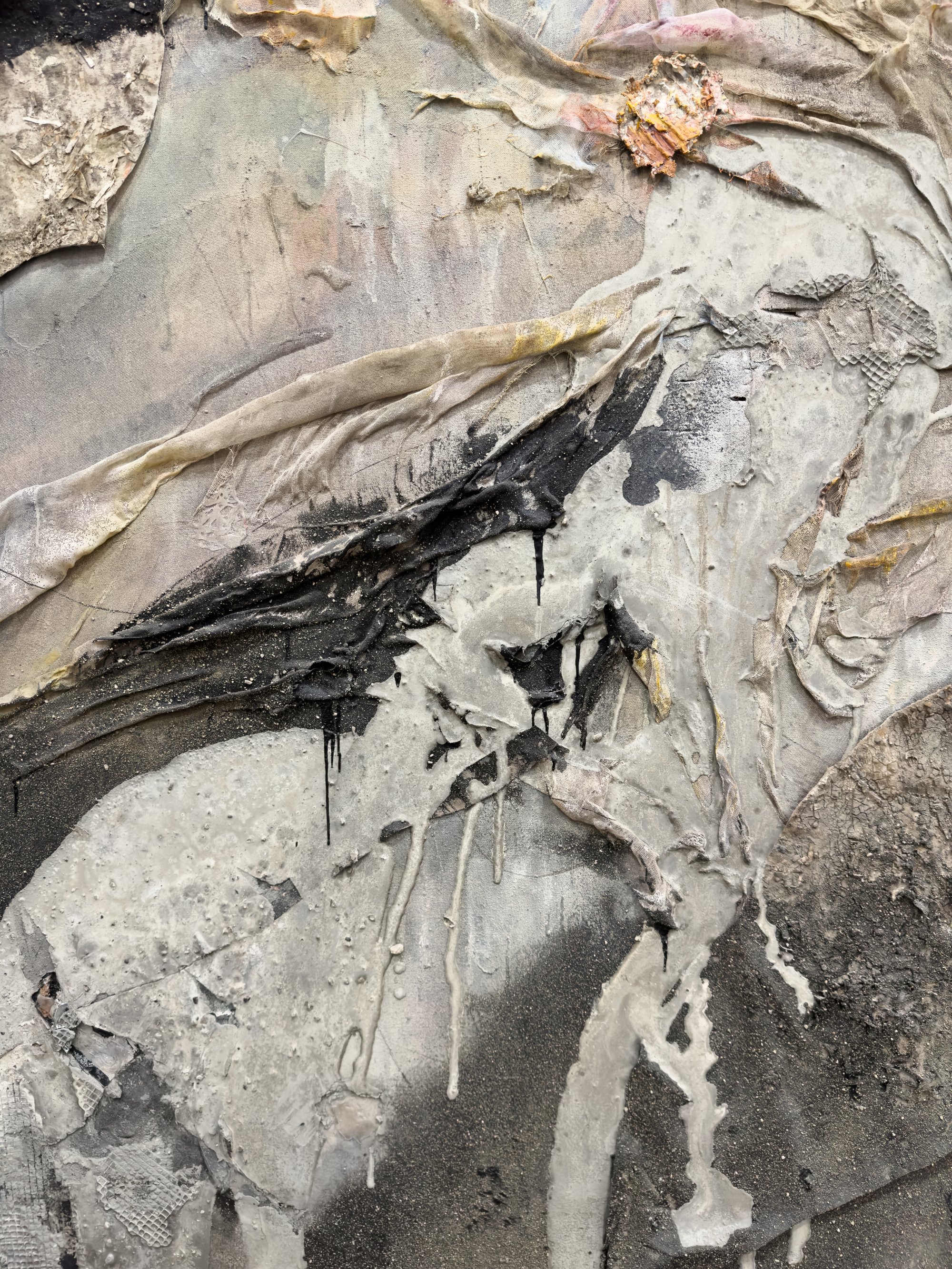
*Saun Santipreecha

Daniela Soberman

Keywan Tafteh

Sinclair Vicisitud

objet A.D

Reisig and Taylor
_________
The ambition of Reisig and Taylor Contemporary is to engage the social position, physical place, and political-economic power of the gallery to advance insurgent and experimental artwork. The current program researches and documents interstitial and relational processes that work against (or usurp) readymade or repressive structures through deconstructions of sub/liminal bodies, scenes, materials, concepts, histories, or transactions.
Focusing on work that emerges between states (national or physical), mediums, markets, conditions, labors, and theories, the exhibitions investigate complexes of coding, categorizing, evaluating (diagnosing), exchanging, tracing, or locating bodies. Works and practices that seek and drift, while rigorously keeping-track of their contexts and modes of production.
As a form of work itself, the gallery operates as a placeholder, archive, record, and envoy in-between artworks and audiences. The program is organized and presented through physical exhibitions, analytical texts, exhibition catalogues, historical documentations, collaborative publications, and virtual sites.
The gallery is an open source (and a developmental structure).
….
Ultimately and initially, the program tracks recursive, ethical relations enacted by the work of art through the activity of the “art object” within cycles of (de)colonization and timekeeping (recording). Critically positioned against the violent strictures of nation-states and terrestrial ideologies of settlements (and “settlers”), the gallery seeks to circulate artists/works on an international—but ultimately ex-terrestrial and post-planetary—scale while recursively responding to local, global, microbial, and celestial relations.
The program locally operates through its Los Angeles gallery while also carrying out off-site projects as well as international exhibitions and collaborations. We pay particular attention to (extrinsic) materials and (intrinsic) economies of the “art object” that have emerged in the wake of post-conceptual challenges to the spaces, places, times, and forces acting-on, or enacted by, an artwork. Materially responding to questions of the dematerialization of artwork, the program examines current tendencies toward involutions (inside-out reversals or returns) of immaterial or ephemeral topics in surfaces, bodies, images, objects.
(Are the program’s tendencies displaying a kind of ‘post-materialism’? (Clearly, all these “posts-” are symptomatic of attempts to reckon with a fallout, aftermath, or intensification: what is this contemporary condition? How does art continue to move-on or keep-going?))
_____
A Note on Economy:
In general, the gallery encounters the market as another medium or dimension of an artwork. A market is already folded into an artwork through the materials of the artwork and the socio-economic positions of an artist that come to be personified in the “art object”: the work of art produces itself (and its subjects) as an effect of its economy. (Even questions of if, when, how, and where anyone encounters an artwork is already a problem of class-position and consumptive practice.) Without a market, there would not be a lack to sustain an artworks unavoidability—the hole made in the place where it is plucked from.
In the context of art fair exhibitions, Reisig and Taylor Contemporary organizes shows as direct encounters with the market, and therefore as a unique way of facing the public and the economy. As a gallery which aims to focalize the often absent political-economic context of exhibitions as part of the literal material of the gallery-space, it is important that the gallery takes-up the space of an art fair as an opportunity to critically engage the economic structures governing the transaction and circulation of artwork. The gallery takes the context of the market as a question of how artworks circulate and what it means for an artwork to become a financial object that is wholly attached to the work of art (or at least its significance), while also having almost no relation to the object or encounter in itself. Therefore, there is the question of the work of art “before and after” the market—before it becomes something else, somewhere else. This problem-place of vision, desire, object, consumption, and exchange structures the critical formulation of art fair projects.
XY